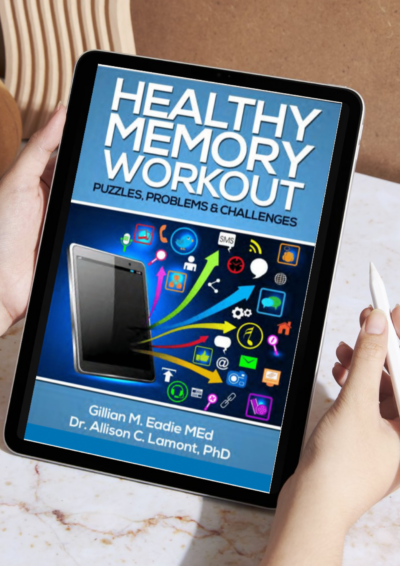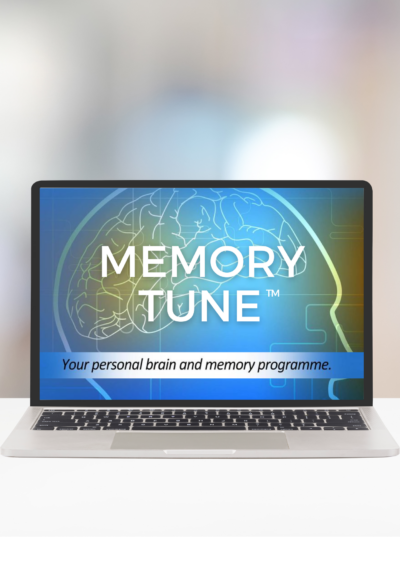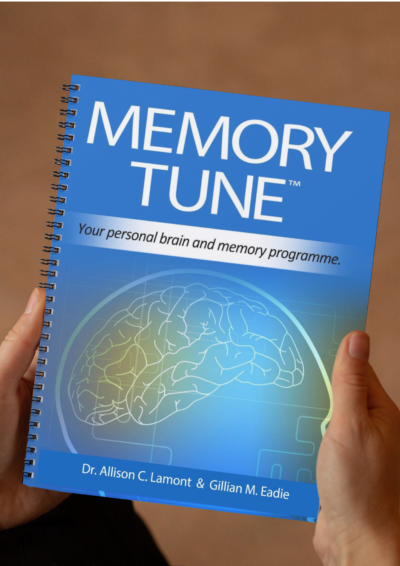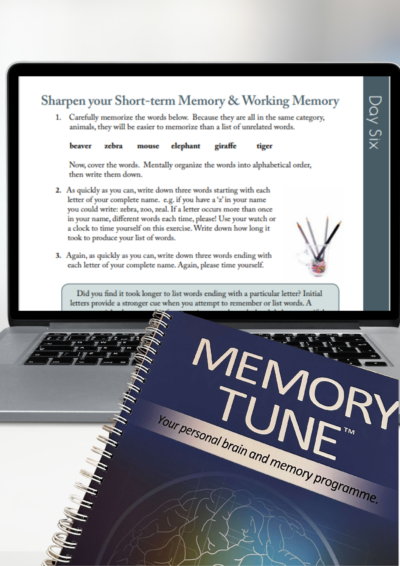By Timi Gustafson, R.D.
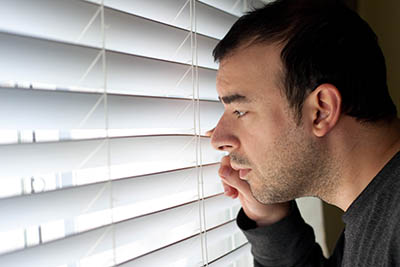
Scared or annoyed man peeks out the window through the blinds.
When President Franklin D. Roosevelt famously proclaimed in his first inaugural address that there was “nothing to fear but fear itself,” it was intended to encourage people not to despair in the face of an unprecedented economic crisis, a.k.a. the “Great Depression.”
Much has been argued over the true meaning of his words, not least because they don’t make a lot of sense if taken out of context. Yet, they have lived on in the public discourse ever since, applicable as they seem in every generation.
Indeed, we are experiencing a time of acute fear and anxiety right now. People around the world are worried for countless reasons. There is hardly a place left on earth where populations enjoy relatively tranquil lives — not even in the remote Himalayan country of Bhutan, where achieving happiness for all is a declared goal of the government.
Many of us seem to be affected by an epidemic of worry. Oftentimes, it may start with something concrete, a situation or event one can point to, like the attacks of 9/11. But over time, a specific fear can turn into a state of growing uneasiness.
Worry is circular, it feeds on itself, gets out of hand, and eventually becomes almost uncontrollable, according to Francis O’Gorman, a professor of English literature at the University of Edinburgh, United Kingdom, and author of “Worrying, a Literary and Cultural History” (Bloomsbury 2015).
While today’s world is a risky place and evokes many well-founded concerns, the experience of fear itself creates new risks that can affect a person’s health and wellbeing, says David Ropeik, an expert on risk perception. In fact, the hazards of fretting over perceived threats may be more harmful than the actual risks themselves, he argues.
The reason is that when a state of fear persists over extended periods of time, our bodies react to chronically elevated levels of stress. Once stress hormones flood the bloodstream without finding relief, they can literally become poisonous and lead to dire, even life-threatening consequences.
The human species could not have survived for long without the experience of fear. The ability to identify certain events and situations as dangerous and respond appropriately is essential for our existence. But these responses are meant to be rare and short-lived. If we cannot switch off this built-in alarm system of ours, it will quickly exhaust us, even turn against us.
In contrast to justified concerns — which can be motivating to take action — fear as a state of mind is paralyzing. It prevents clear thinking. It destroys hope and optimism. It can lead to destructive behavior and make us sick.
The fact that we are constantly bombarded with messages that contain potential threats, whether they occur nearby or halfway around the world, is not conducive to our psychological (and subsequently overall) wellbeing. We may live in an ever-more globalized environment, but we also must consider our limits as individuals who can only digest a finite amount of information.
No one should retort to a head-in-the-sand attitude. Our lives have become too complex and too intertwined to hide from reality. But if we keep getting overloaded with data that leave us feeling more helpless than empowered, we won’t be useful in tackling the problems we could otherwise help solving. We just end up hunkering down in fear, anger and despair. Not a healthy prospect. Not for anyone of us, and not for the world.
———————————————————————————–
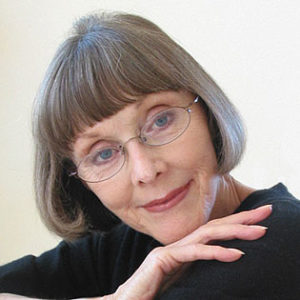 Timi Gustafson, RD, LDN, FAND is a Registered Dietitian, health counselor, book author, syndicated newspaper columnist and blogger. Timi completed her Clinical Dietetic Internship at the University of California Medical Center, San Francisco. She is a Fellow of the Academy of Nutrition and Dietetics, an active member of the Washington State Dietetic Association, and a member of the Healthy Aging, and Wellness Nutrition practice groups. USA.
Timi Gustafson, RD, LDN, FAND is a Registered Dietitian, health counselor, book author, syndicated newspaper columnist and blogger. Timi completed her Clinical Dietetic Internship at the University of California Medical Center, San Francisco. She is a Fellow of the Academy of Nutrition and Dietetics, an active member of the Washington State Dietetic Association, and a member of the Healthy Aging, and Wellness Nutrition practice groups. USA.
Reprinted with the author’s permission.

